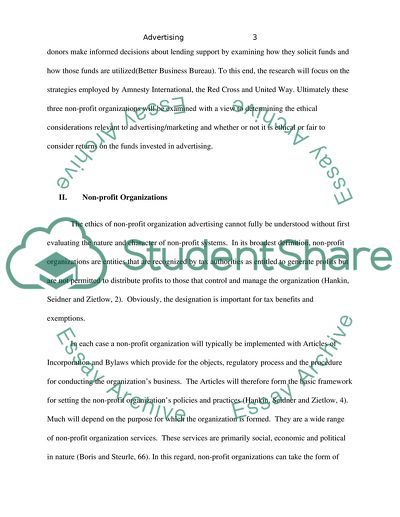Cite this document
(Advertising and Non-profit/Charitable Organizations Case Study, n.d.)
Advertising and Non-profit/Charitable Organizations Case Study. Retrieved from https://studentshare.org/media/1727463-advertising-and-non-profit-organisations-the-ethical-issues
Advertising and Non-profit/Charitable Organizations Case Study. Retrieved from https://studentshare.org/media/1727463-advertising-and-non-profit-organisations-the-ethical-issues
(Advertising and Non-profit/Charitable Organizations Case Study)
Advertising and Non-profit/Charitable Organizations Case Study. https://studentshare.org/media/1727463-advertising-and-non-profit-organisations-the-ethical-issues.
Advertising and Non-profit/Charitable Organizations Case Study. https://studentshare.org/media/1727463-advertising-and-non-profit-organisations-the-ethical-issues.
“Advertising and Non-profit/Charitable Organizations Case Study”, n.d. https://studentshare.org/media/1727463-advertising-and-non-profit-organisations-the-ethical-issues.


